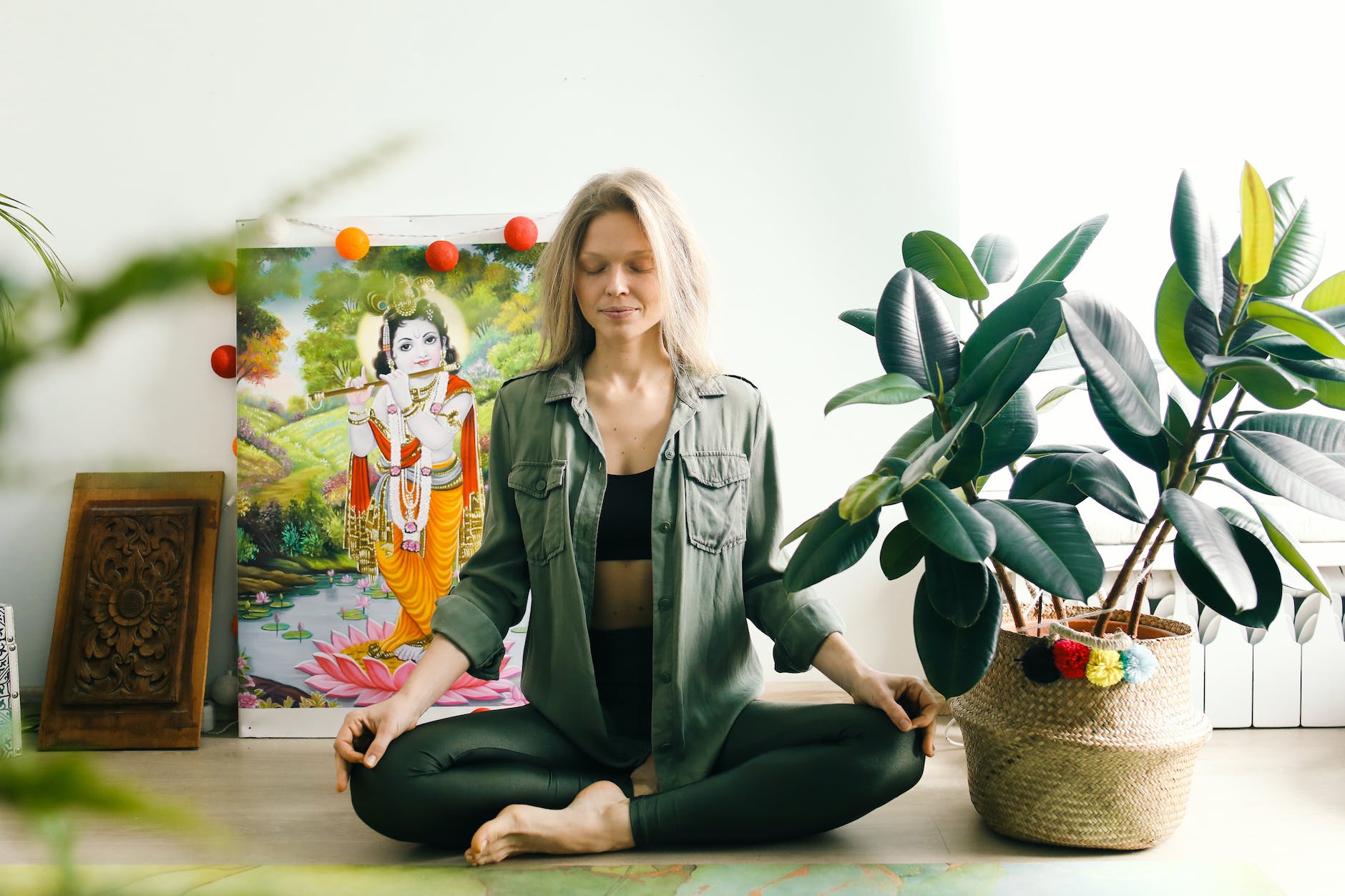Table of Contents
Introduction
Meditation gives a mental sanctuary in which we can achieve inner peace, clarity, and serenity.
Creating a serene setting for your meditation practice can improve your ability to immerse yourself in the present moment and experience meditation’s transforming benefits.
In this blog post, we will look at practical suggestions and advice for creating a peaceful and sacred setting to support your meditation practice.
Select a Quiet Area
It is critical to choose the ideal location for your meditation practice.
GET 20% OFF ON ALL HOSTING PLANS!
Unlock 20% Off on All Hosting Plans with Hostinger!
Find a solitary area in your home where you can get away from outside disturbances. It could be a spare room, a cozy nook, or a specific location in your bedroom.
Ensure that the space allows for isolation and few interruptions, fostering profound focus and contemplation.
Simplify and declutter
A congested environment can lead to mental clutter. Before you begin your meditation practice, declutter and organize the space.
Remove any unneeded items, wipe away physical clutter, and create a clean, uncluttered environment. By simplifying your environment, you make room for a clear and peaceful mind.
Lighting and atmosphere
Natural light is good for creating a quiet environment since it fosters openness and tranquility.
If feasible, find a location with plenty of natural light during the time you intend to meditate.
Soft, soft lighting, such as candles or dimmed lamps, can also help to create a relaxing atmosphere. Experiment with several lighting options to see what works best for you.
Seating that is comfortable
To support your posture while meditation, use a comfy cushion or chair.
It should be firm enough to provide stability while also being comfy enough to allow you to fully relax. Make sure your seating arrangement encourages excellent posture by keeping your spine aligned and your body calm.
Keep in mind that physical comfort is necessary for concentrated and uninterrupted practice.
Elements of Sensation
Incorporating sensory aspects into your meditation environment can improve its tranquility.
Consider using fragrant candles, incense, or essential oils with calming aromas, such as lavender or sandalwood. These scents can aid in the creation of a sensory anchor, signaling the mind and body to relax and enter a meditative state.
Playing gentle instrumental music or nature sounds can also help to create a relaxing mood.
Evergreen nature
Including natural components in your meditation room can have a grounding and soothing effect.
Consider putting fresh flowers or indoor plants in your sacred spot. Greenery not only adds aesthetic attractiveness but also improves air quality and fosters a connection with nature.
Surrounding oneself with nature’s energy can enhance your sense of serenity and harmony.
Sacred Symbols and Objects
Incorporating meaningful artifacts or symbols into your meditation room can foster spiritual connection and inspiration.
It could be a statue or image of a revered spiritual figure, a mala or prayer beads, or any other personal item.
These items can serve as gentle reminders of your aim as well as a focal point during your practice.
Conclusion
Creating a pleasant meditation space sets the tone for profound inner exploration and quiet.
You can invite a sense of tranquillity and serenity into your practice by creating a dedicated location devoid of distractions, clutter, and noise.
Keep in mind that the essence of a quiet setting is simplicity, comfort, and personal resonance.
Allow your holy area to become a sanctuary where you may effortlessly immerse yourself in the present moment, developing a deeper connection with your true self and the unlimited serenity that lies inside as you embark on your meditation journey.
Learn more about meditation here:
- The Smile That Cuts Deeper Than a Sword: Why Soft Tongues Are More Dangerous Than Enemies – September 9, 2025
- 10 Simple Life Hacks That Will Instantly Improve Your Day – August 27, 2025
- 5 Best Physical Activities to Help Manage Dopamine Dysregulation – July 27, 2025



Leave a Reply